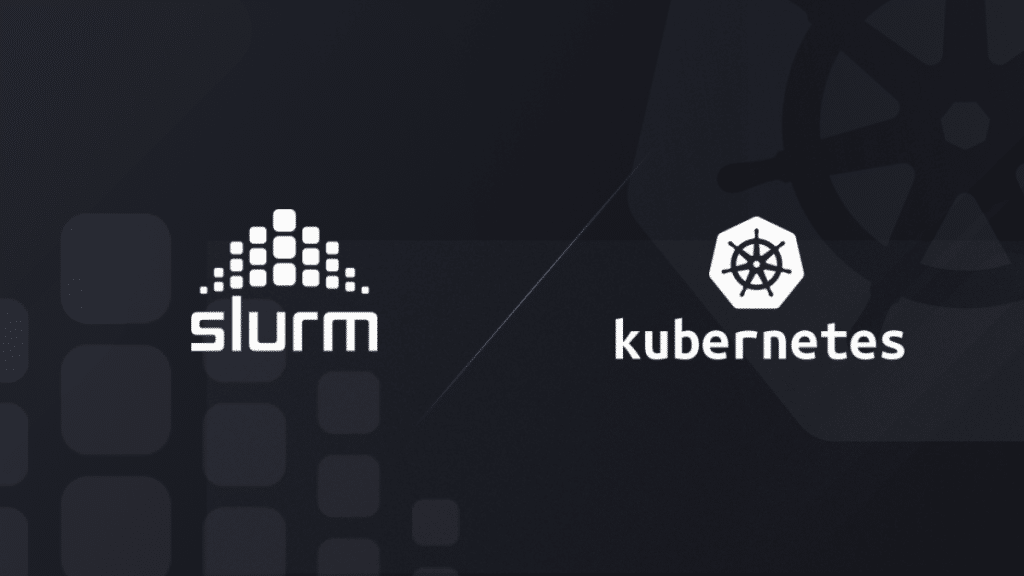If you’re managing large-scale computing tasks, you’ll need a tool that helps handle jobs across many machines. That’s where systems like Kubernetes and Slurm come in. They both help you run multiple jobs more smoothly, but they’re built for completely unique types of work. Knowing what each one does best can help you pick the right one for your needs.
What Each One Does Best
Both Kubernetes and Slurm manage workloads in a distributed way, but they do it at different levels and for different reasons.
Kubernetes is made for systems that run in the cloud, and this one is hosted in the cloud. It does this by enabling applications to run, which are then broken down into smaller parts that are referred to as containers. It is especially helpful for quickly scaling apps, fixing problems on its own, and deploying updates without too much trouble.
Slurm is an open-source utility for HPC. You will find it in universities and science labs, with people who simulate or crunch tonnes of data. Another use case is the management of batch jobs, with queues and large clusters of crowded machines.
Kubernetes vs Slurm: Key Differences
The main difference between kubernetes vs slurm is what they’re built to do. Kubernetes is all-in on services that must be dynamic and always-on. This may be something like web apps or microservices that always have to be online and scale up automatically as the traffic increases.
Slurm is designed for workloads that are not only power-hungry but also should ideally not be running 24/7. Scheduled jobs, such as large simulation runs that require overnight execution, make it ideal. If you are doing any type of work that has bursts and needs a ton of compute power for short amounts of time, Slurm does the job quite well.
Setup and Ease of Use
Setting up Kubernetes can be a little bit tricky in the beginning, particularly if you are doing this on your own. Sure, the right platforms like Amazon EKS and Google Kubernetes Engine do that for you. You will want to have some know-how with containers before you can really take advantage of using them.
While it is true that scheduling different clusters can make an installation like Slurm more complicated, this is not always the case. But once operational, it tends to be more research-friendly. You just submit jobs with simple scripts, which, if all being honest, is exactly the way in which researchers usually work.
Monitoring and Scaling
Kubernetes has great default settings for letting you know how things are going. It tells you what works, what doesn’t, and what you need to do better. This makes it quick to respond and able to deal with things as they come up.
On the other hand, Slurm keeps an eye on things but is more interested in writing a history of how jobs were done and resources were used for later use. That is very useful for research where you need to know how much computing power each task needs.
You should go with Kubernetes if you are looking for an option that is more scalable and supports containerisation. However, if your primary goal is processing heavy research jobs with good resource planning, then Slurm may be more appropriate.
Picking What Works for You
There is no universally applicable solution here. Kubernetes and Slurm—both of them are powerful, but they aim for different goals.
The appropriate tool varies depending on the type of work you do. Once you have determined what your setup requires, deciding whether to go with Kubernetes or Slurm should become obvious.
